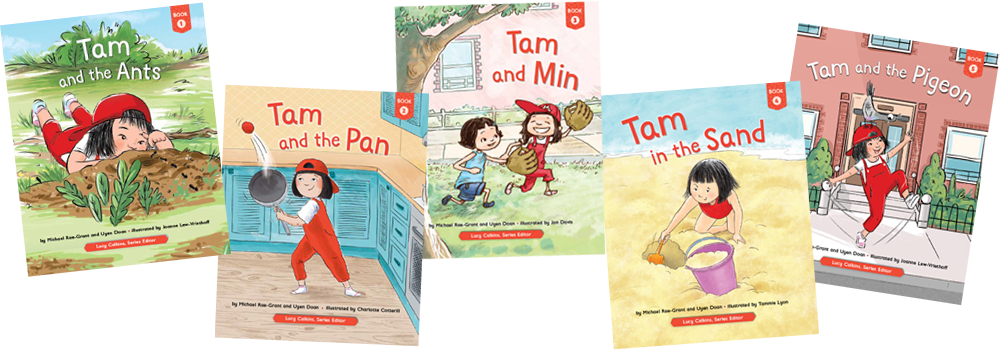
The Schools Fund has a long history of taking chances on the good ideas of ambitious educators. Three years ago, we awarded an equity grant to the John Muir literacy coach who was eager to try out a new set of phonics-based books designed for readers needing extra support. This particular book set was so well received that the following year, we awarded a second equity grant to expand these resources district-wide. Now three years in, the Schools Fund continues to receive powerful testimonials on the value of these teaching tools. Below is one such testimonial recently received from Washington Elementary’s very own Liz Scarboro.
I am the Response-to-Intervention (RTI) coordinator at Washington Elementary, and I teach students who need extra support as they learn to read.

My 1st grade student Ray (not his real name) has had to work harder than his classmates at this task. But this morning, with a few key sounds and sight words under his belt, he read a book for the first time. And not just a book, a chapter book – the dream of all young readers! His face lit up as he turned the pages, following the story of Tam, a feisty, funny young Vietnamese-American girl. When he finished the book, his sense of accomplishment was clear in his smile.
The book Ray read is part of the Jump Rope Reader collection, a series of books that have helped many of my students make the leap to becoming stronger, more enthusiastic readers. Jump Rope Readers have two key traits that are rarely found together. First, they are “decodable,” meaning they contain mostly words that can be sounded out. Second, they are great stories that follow diverse and relatable characters who go on exciting and satisfying adventures. The stories motivate my students while also introducing them to important aspects of storytelling, like dialogue and character development.
Designed around the ‘Science of Reading,’ the Jump Rope Readers are great for teaching small groups of students. Each collection includes six copies of thirty different story books and they build on each other, introducing a few simple sounds at first and becoming more difficult as they go. They follow the same character for several books in a row. Each character is initially introduced by a read-aloud as a warm-up for students before they set off to read on their own.
The Jump Rope Readers are also designed to be easy to teach: the main letter sounds, sights words, and a book summary are printed on the inside cover of the book. These guides make it so that a variety of classroom adults – from volunteers and aides to teachers and specialists – are able to teach these books, either in one-on-one or small groups settings.
The Jump Rope Reader Collection has been an invaluable resource for me and my students. Thank you Berkeley Public Schools Fund!

